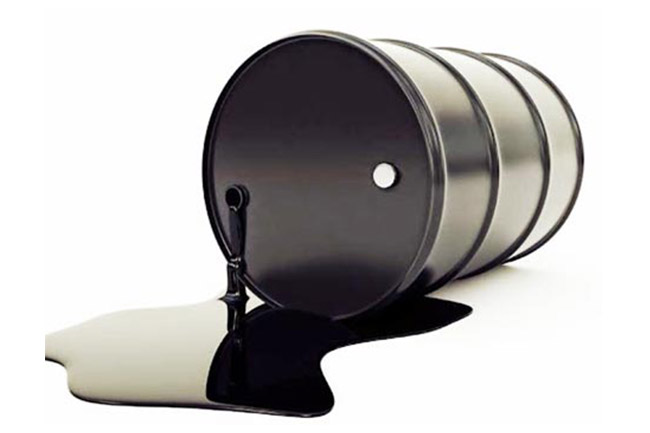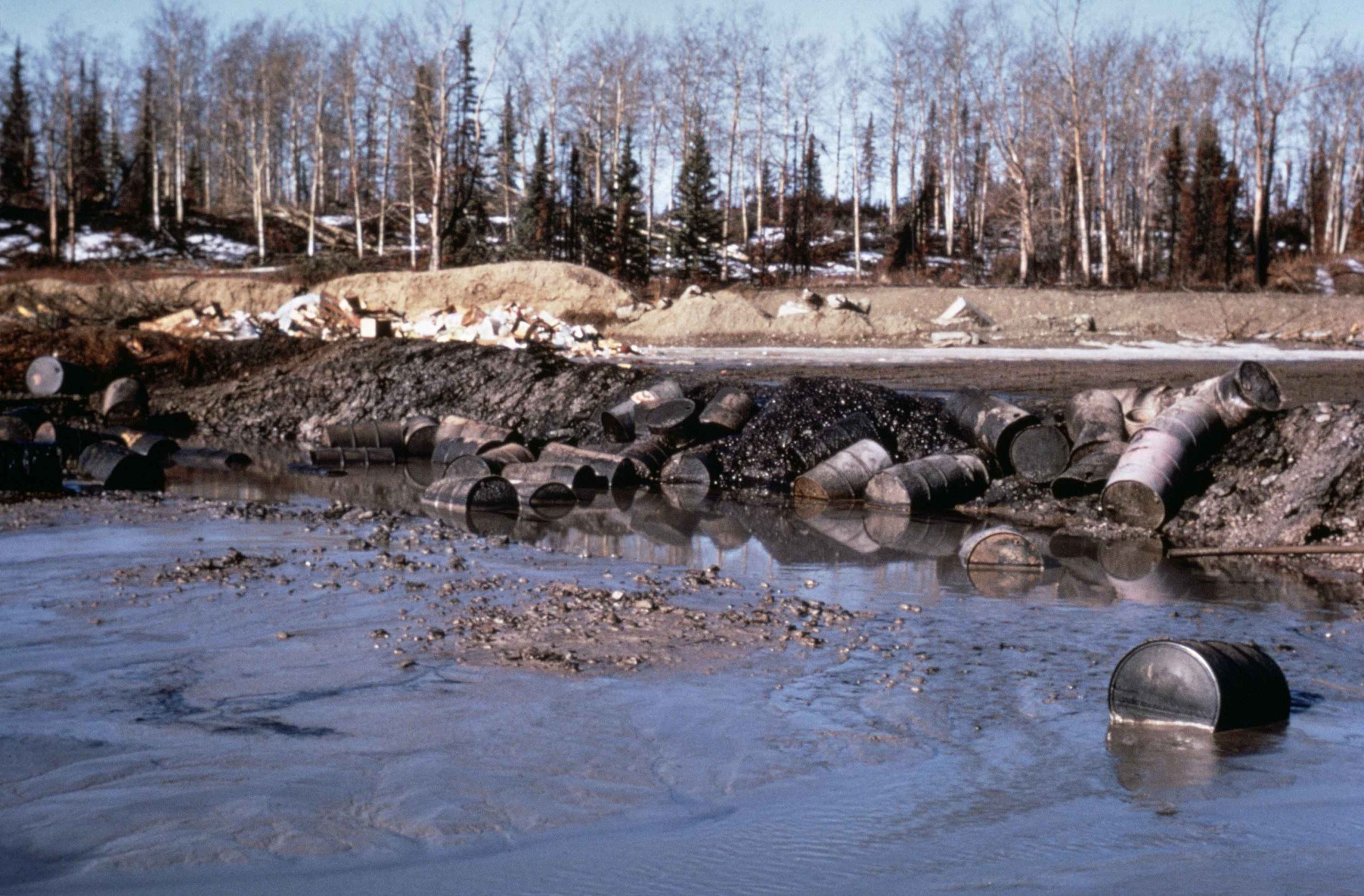Use Thermal Desorption To Process Oil Sludge
Thermal desorption is a highly effective and innovative technique used in the processing of oil sludge, a byproduct of the oil and gas industry. Oil sludge consists of a mixture of oil, water, and solid particles, and its proper disposal or treatment is crucial for environmental protection. Thermal desorption provides a sustainable and efficient solution to this challenge by using heat to separate and recover valuable components from the sludge. In this comprehensive post, we will explore the principles, benefits, and applications of thermal desorption unit in the context of oil sludge management.

Fuel Oil
Understanding Oil Sludge
Before delving into thermal desorption, it’s essential to understand what oil sludge is and why it poses environmental concerns. Oil sludge is a complex mixture that typically includes oil, water, sand, and various solid particles. It is generated during the extraction, refining, and transportation of oil and gas. The composition of oil sludge can vary, but its common components include hydrocarbons, heavy metals, and other contaminants.
The disposal of oil sludge is a significant challenge due to its environmental impact. Improper handling can lead to soil and water contamination, posing threats to ecosystems and human health. Traditional disposal methods, such as landfills or incineration, are not always sustainable and may contribute to environmental degradation.
The Basics of Thermal Desorption
Thermal desorption is a remediation technique that utilizes heat to separate volatile and semi-volatile components from contaminated materials. In the context of oil sludge, thermal desorption involves the application of heat to the sludge, causing the volatile components, such as oil and water, to evaporate. The separated components are then collected and can be further processed or reused.
The thermal desorption process typically consists of the following stages:
Heating: The oil sludge is subjected to elevated temperatures, ranging from 200 to 600 degrees Celsius, depending on the specific requirements of the process. This heat induces the evaporation of volatile components.
Vaporization: As the sludge is heated, the water and oil within it turn into vapor. This phase change separates these components from the solid particles in the sludge.
Separation: The vaporized components are then separated from the remaining solid material. Various separation methods, such as distillation or condensation, are employed to achieve this.
Recovery and Treatment: The separated oil and water can be recovered for further processing or treatment. This step is crucial for minimizing waste and maximizing the reuse of valuable resources. The continuous pyrolysis machine has a large treatment capacity.

Advantages of Thermal Desorption
Thermal desorption offers several advantages that make it a preferred method for processing oil sludge:
High Efficiency: The process efficiently removes volatile components from the sludge, resulting in a clean and treated end product.
Resource Recovery: Valuable resources, such as oil, can be recovered and reused, reducing the overall environmental impact of the oil extraction and refining processes.
Volume Reduction: Thermal desorption often leads to a significant reduction in the volume of the sludge, making it easier to manage and dispose of the remaining solid material.
Environmental Protection: By minimizing the release of contaminants into the environment, thermal desorption helps protect ecosystems and prevent soil and water pollution.
Compliance with Regulations: Many regulatory bodies recognize thermal desorption as an environmentally friendly and compliant method for oil sludge treatment.
Applications of Thermal Desorption in Oil Sludge Management
The application of thermal desorption in oil sludge management is versatile, and it can be employed at various stages of the oil and gas production cycle. Some key applications include:
Drilling Mud Treatment: Oil-based drilling muds often contain significant amounts of oil and solid particles. Thermal desorption can effectively separate the oil, allowing for the reuse of the drilling mud and reducing waste.
Tank Bottoms Treatment: Tank bottoms, which accumulate sludge over time, can undergo thermal desorption to recover oil and minimize the disposal volume.
Refinery Sludge Treatment: Refineries generate sludge during the refining process. Thermal desorption can be applied to treat this sludge, recovering valuable components and ensuring compliance with environmental regulations.
Pit and Lagoon Remediation: Pits and lagoons used for the storage of oil sludge can be remediated using thermal desorption, addressing historical contamination and preventing further environmental harm.
Offshore Platform Waste Management: Offshore oil and gas platforms often generate waste, including oil sludge. Thermal desorption provides a viable solution for managing this waste in a sustainable manner.
Case Studies and Success Stories
To illustrate the effectiveness of thermal desorption in oil sludge management, let’s explore a few case studies and success stories from different regions:
Case Study 1: North America
In a North American oil refinery, thermal desorption was implemented to treat refinery sludge. The process resulted in a significant reduction in waste volume and allowed for the recovery of high-quality oil. The treated sludge met environmental regulations, and the refinery achieved cost savings through resource recovery.
Case Study 2: Middle East
An offshore oil and gas platform in the Middle East faced challenges in managing waste generated during drilling operations. By incorporating thermal desorption into their waste management practices, the platform reduced the environmental impact of their operations and improved overall sustainability.
Case Study 3: Europe
A European environmental remediation project focused on the rehabilitation of contaminated sites, including areas with historical oil sludge deposits. Thermal desorption was employed to remediate these sites, leading to the restoration of soil quality and biodiversity. View https://www.bestongroup.com/oil-sludge-pyrolysis-plant/ to get more information.
Challenges and Considerations
While thermal desorption is a powerful tool for oil sludge management, it is essential to consider potential challenges and address them appropriately:
Energy Consumption: The process requires significant energy input for heating. Implementing energy-efficient technologies and exploring renewable energy sources can help mitigate this concern.
Residue Management: Residues from the thermal desorption process may still require proper management. Ensuring that the solid residues are treated or disposed of responsibly is crucial.
Costs of Implementation: The initial investment in thermal desorption equipment and facilities can be substantial. However, the long-term benefits in resource recovery and environmental compliance often outweigh the upfront costs.
Site-Specific Considerations: The effectiveness of thermal desorption may vary depending on the characteristics of the oil sludge and site-specific conditions. Tailoring the process to each situation is essential for optimal results.
Future Trends and Innovations
As technology continues to advance, several trends and innovations are emerging in the field of thermal desorption for oil sludge management:
Advanced Heating Technologies: The development of advanced heating technologies, such as microwave or radiofrequency heating, can enhance the efficiency of thermal desorption processes.
Integration with Other Remediation Techniques: Combining thermal desorption with other remediation techniques, such as bioremediation or chemical oxidation, can offer comprehensive solutions for complex contamination scenarios.
Real-time Monitoring and Control Systems: Implementing real-time monitoring and control systems allows operators to optimize the thermal desorption process, ensuring maximum efficiency and compliance.
Circular Economy Approaches: Embracing circular economy principles involves closing the loop on resource use. Thermal desorption can play a key role in circular economy approaches by promoting the recovery and reuse of valuable materials from oil sludge.
Conclusion
Thermal desorption stands out as a robust and sustainable solution for processing oil sludge, addressing environmental concerns associated with the oil and gas industry. Its ability to recover valuable resources, reduce waste volume, and comply with environmental regulations makes it a preferred choice for oil sludge management.
As the industry continues to prioritize environmental sustainability, the adoption of thermal desorption is expected to grow. Ongoing research and development efforts are likely to lead to further improvements in efficiency, cost-effectiveness, and the integration of thermal desorption with other remediation technologies.
In conclusion, thermal desorption offers a promising path towards a more sustainable and responsible approach to oil sludge management, contributing to the long-term health of our environment and ecosystems.
- Coconut Cultivation and Innovative Waste Management Strategies
- Agricultural Waste Transformed: Biochar and Sustainable Agriculture